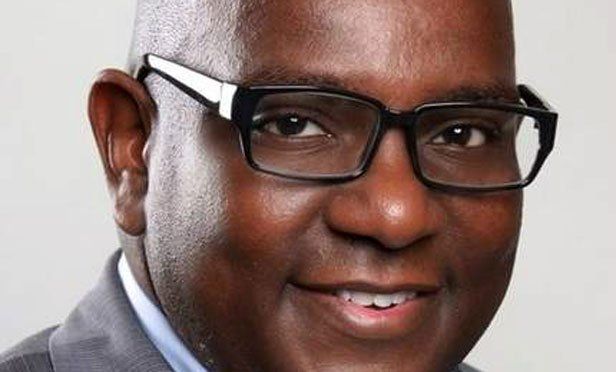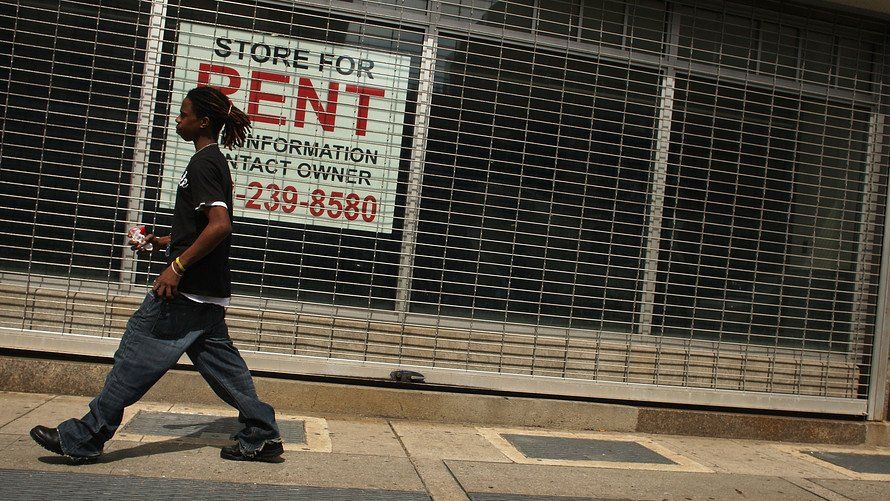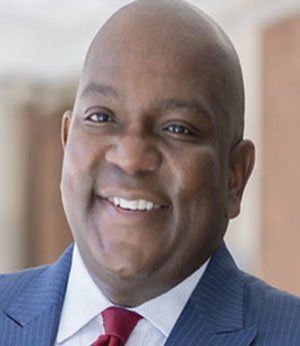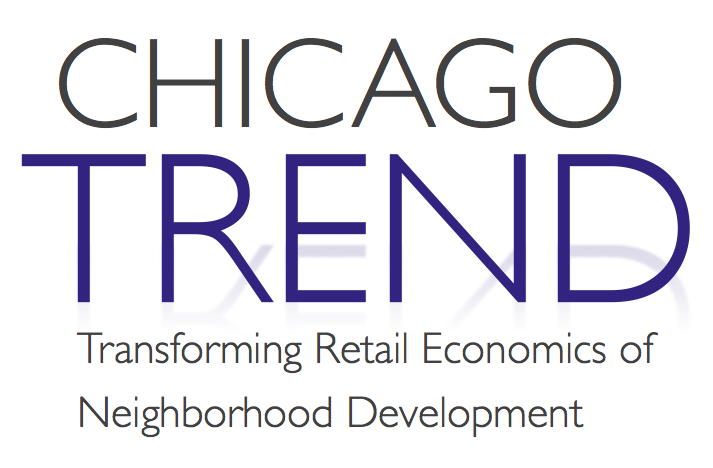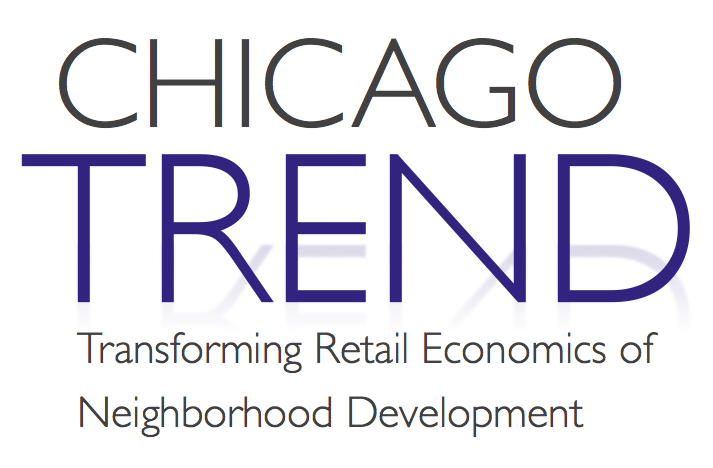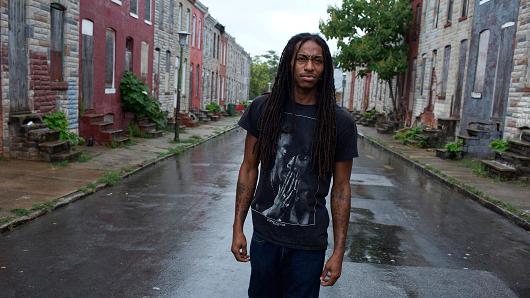
Mayors, governors, economic development officials and minority entrepreneurs should be excited about the possibilities of President-elect Trump's "New Deal for Black America." While the granular specifics of Trump's plan have yet to be formulated, here are four ways that it can deliver results for Americans, a win for Trump, and a return for investors:
1. Tax incentives for inner city investment. Research conducted in 2015 by the Economic Innovation Group indicates that a majority of members of Congress in both parties support a plan of targeted tax incentives to invigorate struggling urban communities. By helping to unlock and unleash hard to find equity and predevelopment capital that’s needed to do deals, these policies can allow investors and entrepreneurial residents to create business alliances that would improve distressed urban areas.
2. Updated 1031 timing rules to spur real estate investment: IRC Section 1031 allows real estate owners to postpone paying tax on capital gains on property sales if the proceeds are reinvested. Currently, 1031 requires designation of a replacement property within 45 days of the date of disposition of the relinquished property. If you fail to designate replacement property in writing within this time period, the entire exchange will fail.For investors to properly designate replacement property, 1031 should be amended to specifically allow an additional 45 days for investment in properties situated in distressed urban areas. By making this change, investors would have more time to uncover, evaluate, and pursue urban redevelopment opportunities. This would encourage and accelerate urban reinvestment, as property owners could sell appreciated vacant property and commercial buildings, realize profits, and be incentivized to use the cash proceeds to reinvest in densely populated areas where there’s a high concentration of poverty.Economic development officials around the country are frustrated by old boarded-up buildings in the hearts of their cities because owners want to avoid paying capital gain taxes. An update of the 1031 rules and requirements would be a solution to this dilemma, and would introduce multi-party benefits consistent with Trump’s vision.
3. Dequity for inner city entrepreneurs: To stimulate the growth of new businesses, create jobs, improve neighborhoods, and allow the government to share in the resulting fiscal upside, a program of urban impact dequity should be established.Dequity is a term used to describe financing that’s structured with the benefits of debt and equity. It provides investors with both fixed income and profit participation, and recipients gain access to low cost debt. (Dequity was the financial arrangement that the federal government had with the auto industry in 2009, and it delivered positive outcomes for both parties.)In inner cities, dequity could come in many forms – including early stage capital to catalyze new business formation and real estate projects; loans that can be subordinate to senior debt; seed money micro loans for new business ventures that offer extended, interest-only repayment periods; and workforce training dollars for entrepreneurs who operate businesses in distressed urban areas. Along with the above listed business benefits that dequity can stimulate, it can also bring about such social impact benefits as reduced crime and urban neighborhood stabilization.
4. Federal disaster designation for blighted areas: Federal disaster designation for abandoned homes, schools in dangerous disrepair, battered roads, and obsolete industrial buildings could jump start new urban infrastructure projects (and good paying construction jobs) across America.In cities and inner ring suburbs, federal disaster designation for contaminated sites and factories that require funding for environmental remediation would also create jobs, in addition to new areas for development and expansion of inhabitable land.
President-elect Trump has the right idea with his “New Deal” for urban renewal. Getting input, guidance, and ideas from folks on the ground on how to plan, launch, and implement it will increase the chances of success for its intended beneficiaries as well as its implementers.
Commentary by Lyneir Richardson is the Executive Director of of The Center for Urban Entrepreneurship and Economic Development (CUEED), a research and practitioner-oriented center at Rutgers Business School in Newark, NJ. He’s the former CEO of Brick City Development Corporation, where he had overall responsibility for real estate development, small business services, and business attraction in Newark, NJ. Before his work with Brick City, Mr. Richardson was vice president of urban development at General Growth Properties, Inc. where he led the national initiative to bring quality shopping centers to ethnic neighborhoods in large U.S. cities. Follow him on Twitter @LyneirRich.
Search Post
Share Post
Category
Recent Posts
